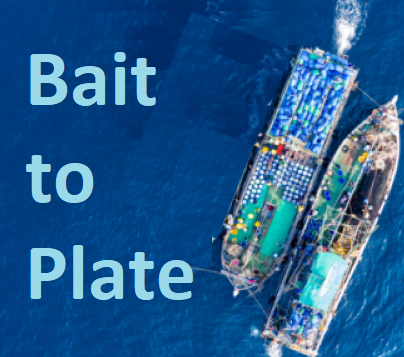Bait to Plate
According to the UN Food and Agriculture Organization (FAO), illegal, unreported, and unregulated fishing activities are responsible for the loss of 11–26 million tonnes of fish each year, estimated to have an economic value of US$10–23 billion. Illegal fishing is a global problem that adversely impacts legitimate commercial fishers and fish populations. They fish without the constraints accepted by legal anglers, often falsify documentation and effectively 'launder' their ill-gotten catch. Illegal fishers do not report their catch which adversely impacts how fisheries are managed because the regulatory bodies set catch limits to control fish population based on these reports. Finally, illegal fishing often causes environmental damage, primarily when vessels use prohibited gear, such as driftnets, that catch non-target species (like sharks, turtles, or dolphins) or physical damage or destroy reefs, seamounts, and other vulnerable marine ecosystems. These facts motivated our overarching question:
How do we identify fishing vessels that broadcast AIS data intermittently and participate in illegal/anomalous behavior?
This project developed an algorithm to predict potentially anomalous behavior of shipping vessels based on the previous encounter behavior of the vessel using AIS(Automated Identification System) data. By encounters, we mean potential transshipment activities where a fishing vessel and a transshipment vessel were continuously within 500m for an extended period, traveling at a lower speed far from the port where AIS transmission rates are limited. Through these encounters, there is a higher potential for illegally caught fish to get into the shore. These fishing activities go unreported is a crucial driver of global overfishing. This illegal, unregulated, and unreported (IUU) fishing is a significant driver impacting the global fish population, marine ecosystems, and fisheries sustainability. We observe the previous behaviors of the vessels based on the latitude and longitude coordinates, predict future vessel behavior, and provide users with information on whether there is a chance for a potential encounter. The solution we deliver will allow users to look for an individual vessel. Once selected will provide the user with information on the likelihood of illegal fishing traces for the vessel and a map highlighting the predictions where there is a strong likelihood of an encounter.











